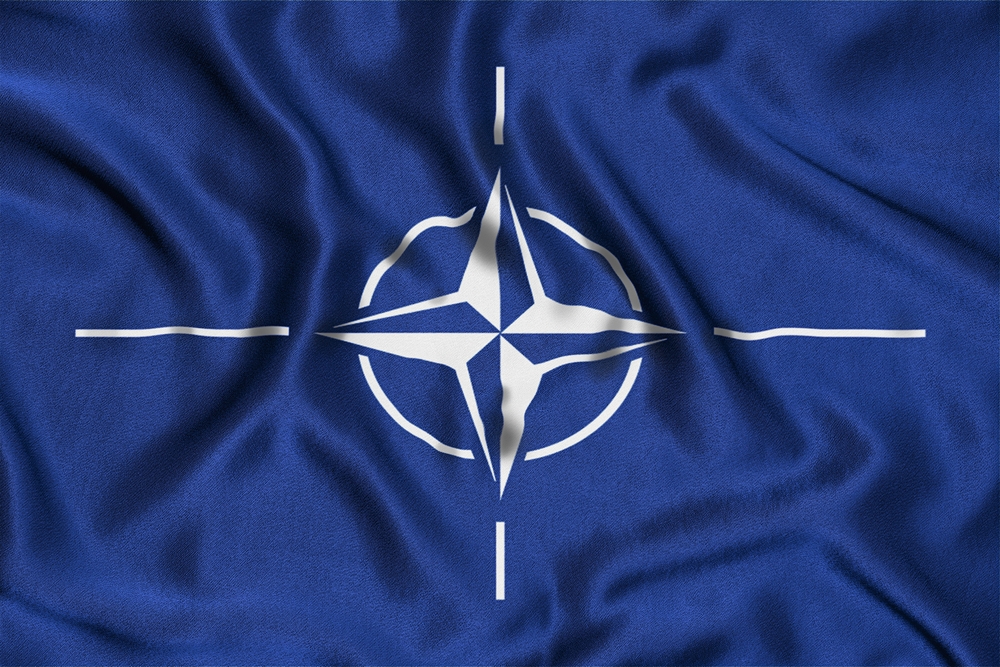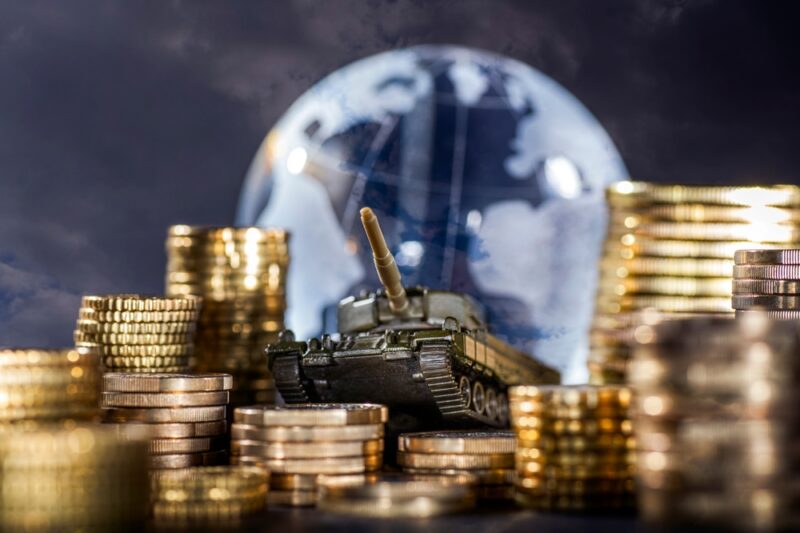
Record 23 NATO Nations Meet 2% GDP Defense Spending Goal
NATO Hits Defense Spending Goal
In short, achieving the 2% GDP defense spending benchmark underscores NATO’s solidarity in defending the alliance and remaining prepared against evolving threats. The measure is meant to reinforce NATO’s collective defense, it said, and help guarantee its military effectiveness.
A major NATO success in 2018 in terms of achieving the 2% GDP defense spending target, an indicator that once again underlines the alliance’s firm stand for collective defense and readiness for the new complication. This is expected to enhance the overall military readiness of NATO and make the Alliance a more formidable combat force.
The lawmakers also pointed to flashpoints around the world where Washington and its allies are spending substantial resources on defense – and falling short of protecting civilians – such as the increasing threat Russia poses, with a record number of 23 NATO nations spending 2% of their GDP on defense. That represents a more than sixfold increase from 2014 when there was the goal at the meeting of only three allies.
Its accomplishment was hailed by NATO Secretary-General Jens Stoltenberg before a cabinet meeting of NATO defense ministers. This will mark the first time that European NATO members hit the 2% of combined GDP mark for defense investment, doing so in 2024 with $380 billion.

Economic and Political Impact: The extra expenditure on defense is aimed at strengthening NATO’s collective defense and getting the alliance closer to a spending/activity target of 2 percent of GDP on defense to deter potential aggression – specifically from Russia. The pledge hasn’t been without its controversies, though. In Europe, some political leaders are worried that the damage done to economies by the COVID-19 pandemic and other financial obligations will make it difficult to sustain defense budgets at such lofty levels.
Stoltenberg said that such a commitment is “essential” and that any attack against the following NATO member would be considered an attack against all, by the virtue of collective defense. The announcement will be made as world leaders are in Washington, D.C., to mark NATO’s upcoming 75th anniversary.
Opinions from the Community & Experts: The reaction to this milestone has been somewhat mixed Defenders say it strengthens NATO deterrence and prepares the alliance to face 21st century security challenges. But critics say the increase could also draw away money from other essential sectors, such as healthcare and education.
Photo Germany Renews its Support for More Spending on Photos of the Day. Olaf Scholz, for his part, emphasized that “NATO has to change from to mass production of armaments, the entire production before that was at the mercy and priority of the state” recalled Scholz. But he also admitted it would be years before defense capabilities could be sufficiently enhanced.
Summary: The most ever NATO countries at 2% GDP defense spending, and this is profoundly meaningful for the alliance. It is a commitment that is based on taking joint action to improve regional security and stability in the face of an increasing threat of Russian aggression. Just a few unresolved issues remain: NATO allies have agreed long ago to enhance defense spending, though the long-term ramifications of this effort will be scrutinized as well as NATO adjusts to the new security environment.
Public reaction: As neighborhoods and NATO member states alike prepare for the increase in defense spending. Although others see it as a somewhat unseemly, if probably effective, security precaution.
In a nutshell, meeting the 2% GDP defense spending criterion symbolizes the resolve of the allied members to defend the alliance and be suitably prepared against emerging threats. It said that the move was designed to boost NATO’s collective defense and to ensure its military capability.




